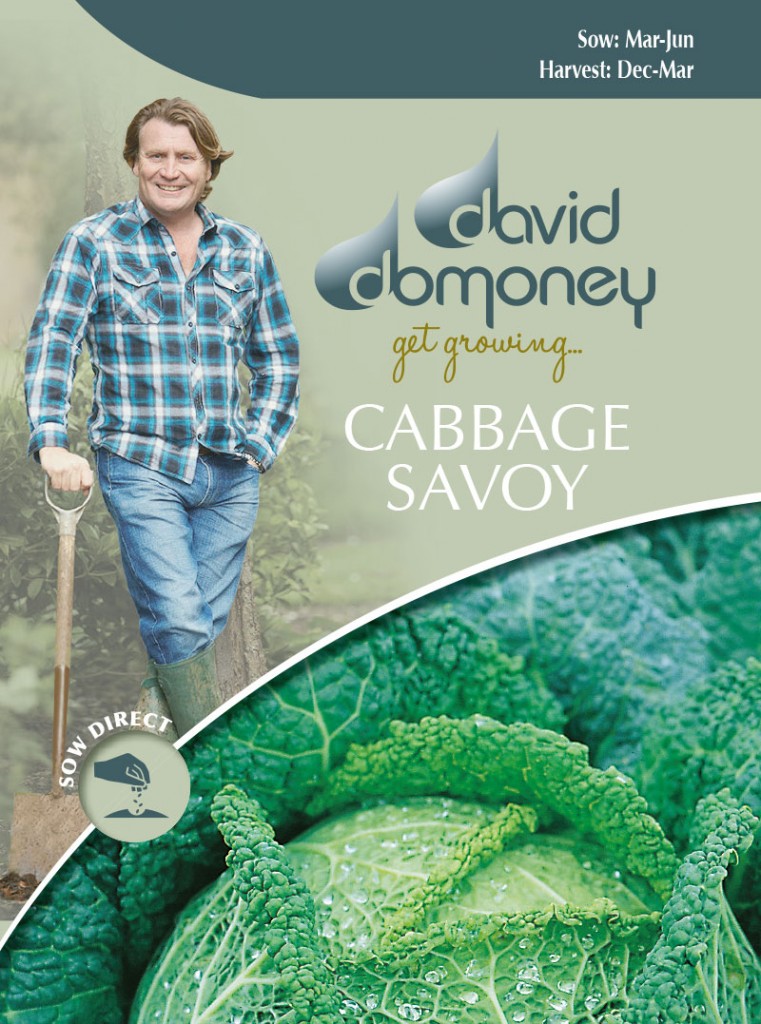Cabbage (Savoy) Ormskirk (I)
A traditional favourite, this extremely hardy and reliable variety has deeply textured leaves with very prominent veins that give them their characteristic look and crunchy texture. Ideal for great tasting traditional winter crops when little other fresh garden produce is available, and ready in good time for Christmas dinner.
Growing Advice

Sow outdoors April to June. Cabbages can be sown directly outdoors for ease, although plants may take a bit longer to get going and therefore crop slightly later. If possible choose a sunny location for best results. All brassicas like good fertile soil so it’s worth digging in a slow release fertiliser or some organic matter before you start. Sow directly where plants are to grow 1.5cm deep, in shallow trenches 25cm apart. Cover the seeds with fine soil and water well. Keep the soil moist and remove any weeds as they appear. When young plants are 10cm tall transplant them to a final spacing of 60cm apart. Plant seedlings deep, right up to the first set of leaves and be sure to firm the young plants in well to prevent the plants from rocking in the wind, which can damage their delicate roots. Keep the soil moist and remove any weeds as they appear.

Top Tips About Seeds
Once the seed packet has been opened, the seeds can be stored in an airtight container until required for further sowings. cabbage seeds will maintain their vigour for a good number of years.

Savoy cabbages are not recommended for patio pots but can be grown in large raised beds.
Young brassica plants are a real favourite with pigeons and later in the summer caterpillars can also become a problem. If you use a fine enough netting, held well above the plants, this will stop both the pigeons eating the young leaves and the cabbage white butterflies from reaching the plants to lay their eggs. To prevent disease, rotate brassica crops so they are not grown in the same location for at least a couple of years.
Harvest from December to March. The heads can be cut and used at any stage, thought it is best to wait until they have matured and firmed up. It is good practice to clear away any remaining stumps when they are finished with, to prevent the growth of moulds, pests and diseases.

Ideas for using your cabbage savoy
Early outdoor sowings will benefit from cloche protection. Drawing a little soil up around the stems of developing plants will help to prevent wind rock as the plants get larger. Check plants after windy weather and firm them in again if necessary. Give plants a really good soaking and a feed a week or so before harvesting begins and don’t let them dry out. Once the main head is cut, try scoring the stump with an X, this often results in one last flush of fresh ‘greens’.

Leave A Comment